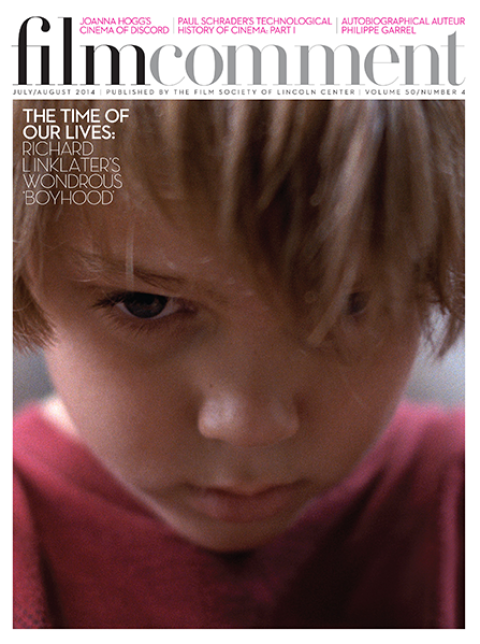
La Drôlesse
For as long as I’ve been attending Cannes, the festival has always included a few retrospective films and restorations. But in 2005, buoyed by an upsurge in film preservation, the festival launched an official Classics section. In its early years Cannes Classics was a source of rarities and discoveries for me—Jacques Doillon’s La Drôlesse, Cheng Kang’s The 14 Amazons, Mrinal Sen’s The Ruins, and more. But I’ve noticed a steady drift in the program over the years. Today Cannes Classics still shows a handful of lost or rediscovered films but it’s now mainly a launching pad for new digital versions of familiar titles from close to home. This year’s Cannes Classics included films like A Fistful of Dollars (which closed the festival), Paris, Texas, and The Last Metro—films hardly in danger of being lost.
This is a reflection of a fundamental shift away from the restoration and reintroduction of works that had previously been difficult to see and had therefore fallen out of the conversation in film culture, and toward a focus on the best-known films and filmmakers, and—thanks to the attention promised by the Classics sections at Cannes, Venice, and the other big festivals now—a new “celebrity system” in film heritage. And it’s mostly in alliance with market forces (television, home video, online). Most of these so-called restorations are nothing more than digitizations: “newly washed” versions of films that aim to make the visuals fit the current HD paradigm.

The Ruins
This is driven by the rights-holders’ unsurprising wish to bring their most famous library titles to new audiences—meaning digital distribution, of course. Instead of completely footing the bill for this procedure (as the Hollywood studios mostly do), in Europe they’ve managed to get public funding behind them on cultural grounds. For this, they needed to replace the cold terminology of what used to be simply a “transfer” or a “remastering” with language that puts “restoration” at the center—the recovery of lost or damaged work provides a great motive to bring cultural/ taxpayer money to the table. In France, the state agency CNC has provided massive financial support for the digitization of “our film heritage.” And while this certainly also covers some lesser-known works, it primarily means that the library titles of large companies like Gaumont or Pathé will be put on the market again as DCPs, as Blu-rays, and online. None of these films are lost or unavailable; there are often great 35mm prints in existence. But with the rhetoric that “cinema is now digital,” the transfer of already perfectly preserved films to shiny DCPs has taken over the terrain of what used to be film restoration.
Film archives, film museums, and cinematheques have always been a part of the public, culturally motivated realm, separate from the for-profit world of the film industry. They were founded and continue to exist because of the recognition that there is a need for a film culture that serves interests beyond—or even at odds with—the industry’s primary interest (making money).
But the interests of the market have slyly or even very bluntly infiltrated the DNA of not-for-profit film heritage institutions. The digital revolution threw the switch: digitization has been a great way for the industry to establish new rules, new business models, and even new cultural ethics, mainly by promoting the shiny new surface. As the saying goes: there is no alternative.








